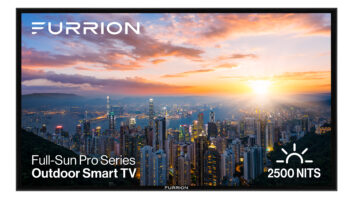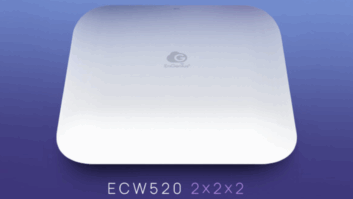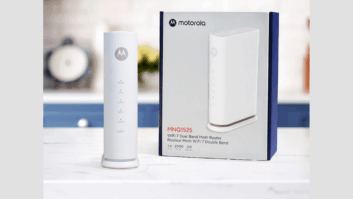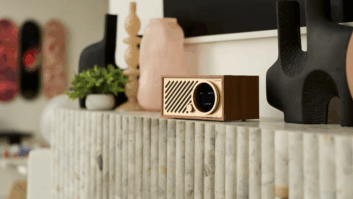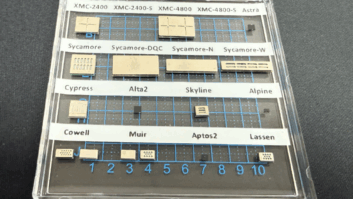 Makers of mobile, particularly wearable, devices, yearn to produce lighter, more powerful, and longer-lasting smartphones, smart watches, smart rings, headphones, earbuds, smart glasses, and smart – any gadget a consumer adorns on their wrists, ears, necks, or anywhere else on their person.
Makers of mobile, particularly wearable, devices, yearn to produce lighter, more powerful, and longer-lasting smartphones, smart watches, smart rings, headphones, earbuds, smart glasses, and smart – any gadget a consumer adorns on their wrists, ears, necks, or anywhere else on their person.
A few weeks back, we reported on xMEMS, which is producing smaller, lighter, more heat and power-efficient solid-state speaker solutions.
Similarly, Ubilite, an 11-year-old San Diego-based fab firm, is developing smaller, lighter, more heat and power-efficient 2.4GHz Wi-Fi and Wi-Fi/Bluetooth chips. By re-engineering the Wi-Fi stack for both active and idle states, Ubilite claims its Wi-Fi solutions enable wearables and IoT devices to maintain always-connected operation at BLE-class power.

“The whole concept behind Ubilite was developing a new chip architecture that would be many times lower in power and smaller, and we’ve clearly achieved that,” explains Jason Trachewsky, Ubilite’s chief product officer, who previously was CEO of Aquifi, a longtime Broadcom Wi-Fi engineer, and a holder of more than 75 patents. “Our estimates tell us we’re 10, maybe as much as 15 times lower in power consumption, and we’re two to four times smaller in size.”
“We integrate two RISC-V processors, one for the network function and one for an application-level function,” Trachewsky continued, “and we’re integrating onboard memory because reading and writing to off-board memory is a very expensive thing in terms of power consumption.”
At CES 2025, Ubilite demonstrated a proof-of-concept prototype, UBI206, which delivered 802.11b/g/n Wi-Fi at BLE power levels, to illustrate the capabilities of Ubilite’s redesigned chip architecture. Evaluation kits for the UBI206 were made available for customer evaluation.

At CES 2026, Ubilite will demonstrate its UB411A combined 2.4GHz Wi-Fi 4/BLE 5.4 chip that will become the company’s premier production chip. The UB411A not only delivers Wi-Fi at BLE power levels, it also incorporates heat dissipation to create a chip that doesn’t even get warm, and is smaller than other Wi-Fi solutions, employing “wafer level, chip scale packaging, so it’s not like we’re putting a big blob of plastic around it,” Trachewsky brags.
Evaluation kits for the UB411A are already available. If the chip follows the usual development timeline, engineering samples should be available in the late spring or early summer, with full production before the end of 2026. The first products incorporating the UB411A could be on view by CES 2027.
Looking ahead to meet future wireless communication needs, Ubilite is already working on a next-gen combo Wi-Fi/Bluetooth chip compatible up to Wi-Fi 8 that the company may have ready for CES 2027.
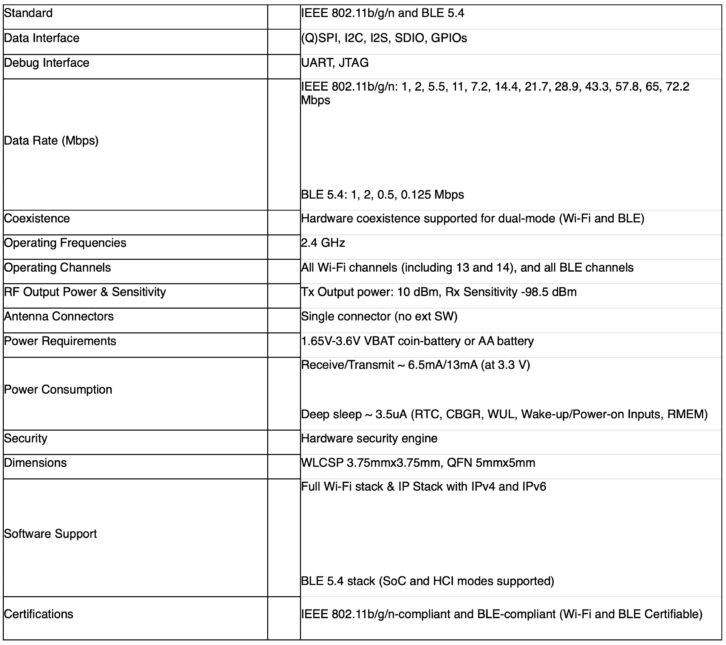 “There have been a spate of companies over the years that have delivered what’s called low power Wi-Fi [and] all of them have focused on what I could consider better power management,” Trachewsky explains. “That’s not the approach that we’re taking. We do have excellent power management. We have amazing sleep state numbers, and that impresses everybody. What we’re literally talking about is active state power consumption. When we’re actually sending and receiving bits, we have 10 times plus lower power than all the competition for a compliant, certifiable Wi Fi device. And that’s the key thing. We’re not simply playing tricks, turning things on and off.”
“There have been a spate of companies over the years that have delivered what’s called low power Wi-Fi [and] all of them have focused on what I could consider better power management,” Trachewsky explains. “That’s not the approach that we’re taking. We do have excellent power management. We have amazing sleep state numbers, and that impresses everybody. What we’re literally talking about is active state power consumption. When we’re actually sending and receiving bits, we have 10 times plus lower power than all the competition for a compliant, certifiable Wi Fi device. And that’s the key thing. We’re not simply playing tricks, turning things on and off.”
For prospective manufacturers, Ubilite’s solution won’t be appreciably pricier than current larger, more power-hungry Wi-Fi solutions. “We believe we’ll be [price] competitive with existing solutions,” Trachewsky insists, “with some advantages being size and power. We will be able to start at competitive [pricing] levels.” Trachewsky believes the usual volume and economies of scale that come with adoption will help drive UB411A prices down.
Just how much more battery life the UB411A chip supplies, of course, depends on the specifications of a particular wearable device. But Trachewsky believes the potential of a “15x lower power Wi Fi solution is transformative, right? Suddenly, that product looks a lot more attractive than it did yesterday when that solution wasn’t available. We kind of look at it in two phases. One is that we’re going to change what exists today. And [two], we’re going to enable what people want tomorrow.
“We’re fundamentally different,” Trachewsky summarizes. “[The UB411A is] a fundamentally different architecture. We started over again, and that’s how we achieved what we’ve achieved.”
See also: Home Audio And AI Evolve
